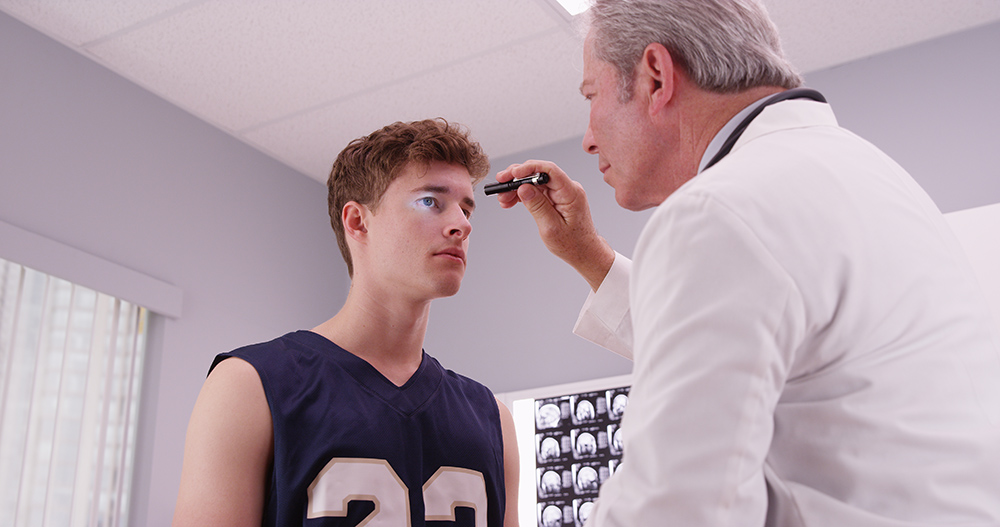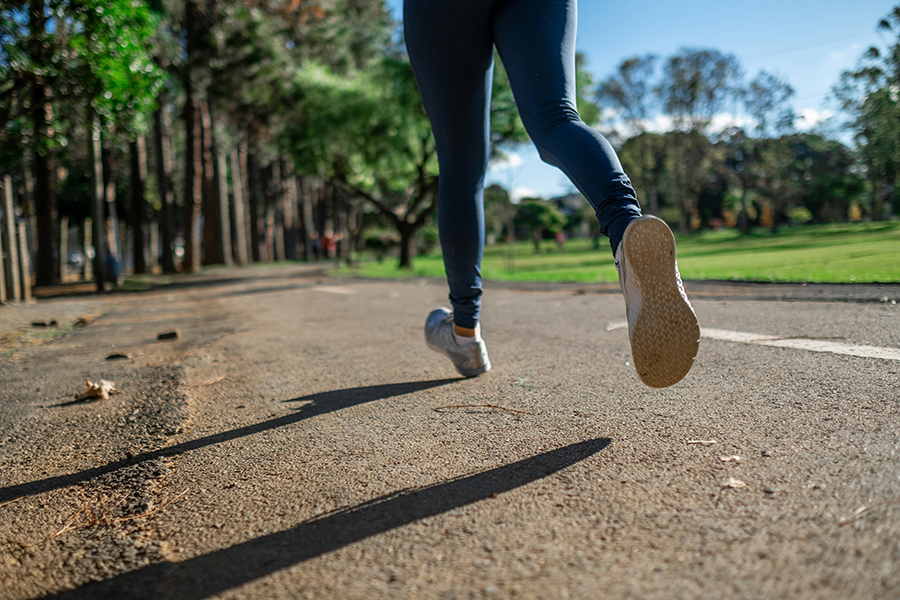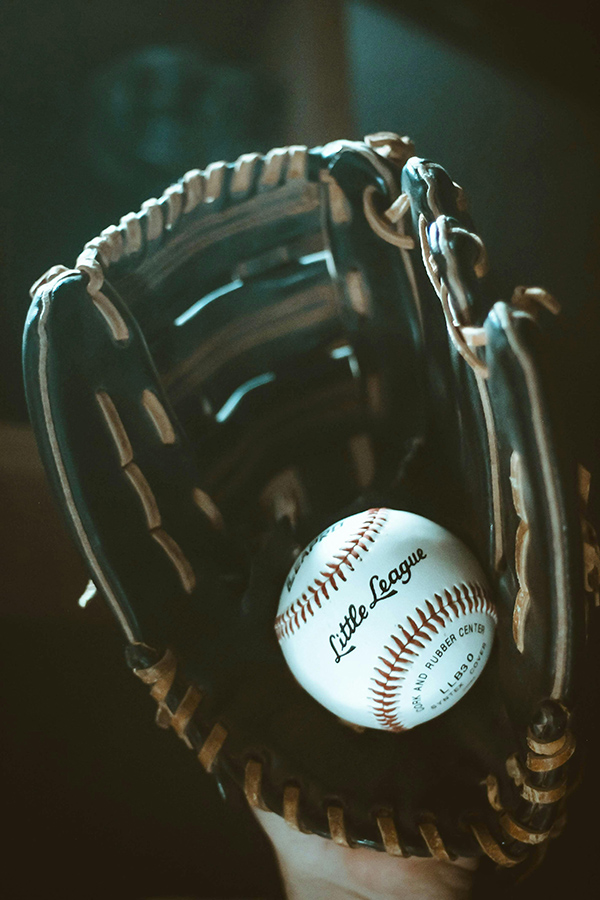 The following chart includes guidelines for treating many common sports injuries and conditions, such as sprains and strains, minor wounds, dehydration, and heat-related illnesses.
The following chart includes guidelines for treating many common sports injuries and conditions, such as sprains and strains, minor wounds, dehydration, and heat-related illnesses.
 The following guidelines are to assist coaches in determining whether a concussion has occurred, what the appropriate course of action is at the time of injury, and whether to allow the athlete to continue to play without physician clearance.
The following guidelines are to assist coaches in determining whether a concussion has occurred, what the appropriate course of action is at the time of injury, and whether to allow the athlete to continue to play without physician clearance.
 Studies show that female athletes are two to eight times more likely to sustain an anterior cruciate ligament (ACL) injury than male athletes. This program aims to decrease the incidence of lower extremity injuries in female athletes by offering ways to increase strength, flexibility and agility, as well as awareness of proper body mechanics and technique with athletic tasks.
Studies show that female athletes are two to eight times more likely to sustain an anterior cruciate ligament (ACL) injury than male athletes. This program aims to decrease the incidence of lower extremity injuries in female athletes by offering ways to increase strength, flexibility and agility, as well as awareness of proper body mechanics and technique with athletic tasks.
 Injuries in the Little League age athlete are increasing at an alarming pace. We have seen a dramatic increase in the amount of pitching in youth baseball. It is not uncommon for a child to participate in several teams year round. Furthermore, children are beginning to develop breaking ball pitches, such as curveballs and sliders, at an early age. In fact, based on the amount of youth injuries we have seen, such as growth plate and avulsion injuries, it is becoming obvious that Little League players are not ready physically to begin throwing these types of pitches that are so stressful to their developing bodies. Consequently, the amount of pitching performed has taken a toll on the health of these players.
Injuries in the Little League age athlete are increasing at an alarming pace. We have seen a dramatic increase in the amount of pitching in youth baseball. It is not uncommon for a child to participate in several teams year round. Furthermore, children are beginning to develop breaking ball pitches, such as curveballs and sliders, at an early age. In fact, based on the amount of youth injuries we have seen, such as growth plate and avulsion injuries, it is becoming obvious that Little League players are not ready physically to begin throwing these types of pitches that are so stressful to their developing bodies. Consequently, the amount of pitching performed has taken a toll on the health of these players.
At Boston Sports Medicine and Research Institute, we are dedicated in the treatment of youth baseball injuries. It is our firm belief that the greatest form of treatment for these injuries is prevention. This is performed by monitoring the amount of pitching performed and by assuring that a solid base of support is established in each child by performing a proper injury prevention exercise program. We commend the research and education that Little League Baseball and USA Baseball have recently done in defining the cause of injuries in youth players. Together, these organizations have helped to start decreasing these injuries by altering the rules of play in their respected leagues.
Below, you will find links to several documents, including USA Baseball’s Medical and Safety Advisory Committee’s Position Statement on youth injuries from 2006 and Little League Baseball’s publication “Protecting young pitching arms,” which overviews their new pitching rules and monitoring system.
Furthermore, we have developed a specific injury prevention program for youth baseball injuries. The exercises included have been carefully selected to strengthen the areas of the shoulder and elbow that are most vulnerable during pitching, and have been developed based on several electromyographic studies that have determined the specific efficacy of each exercise. As always, please consult with a medical professional before beginning any exercise program.
Furthermore, we have developed a specific injury prevention program for youth baseball injuries. The exercises included have been carefully selected to strengthen the areas of the shoulder and elbow that are most vulnerable during pitching, and have been developed based on several electromyographic studies that have determined the specific efficacy of each exercise. As always, please consult with a medical professional before beginning any exercise program.
- USA Baseball Medical Position Statement
- Little League® Pitch Count Regulation Guidelines
- MGH Little League Injury Prevention Program
We hope that this information is valuable to you and will assist you in a long and healthy baseball career.
Thomas J. Gill, IV, MD
